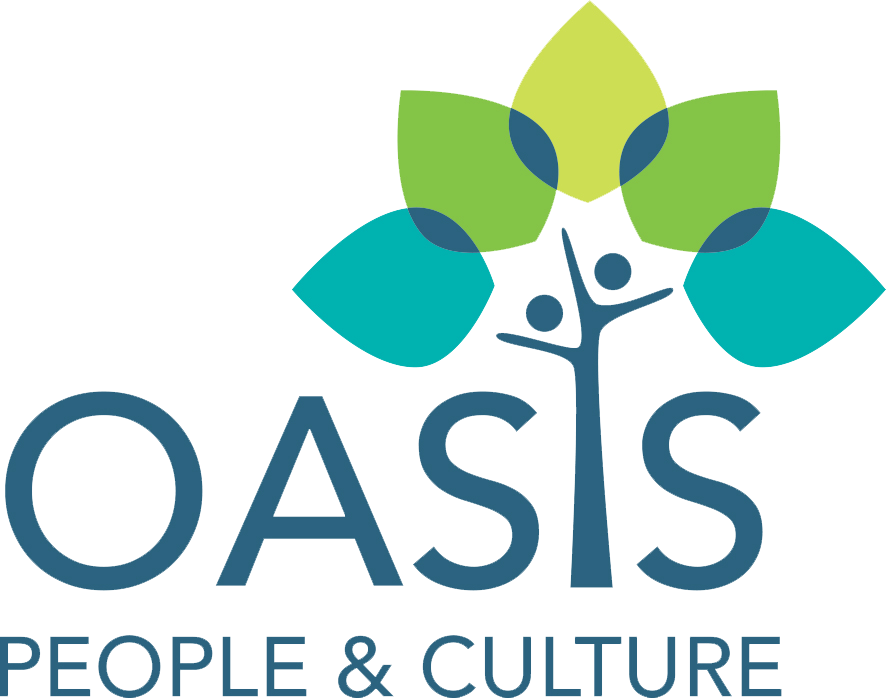Alan Seiler (Newfield Institute) stood before the leadership team of St Stephens School in January 2015 and suggested a range of leadership competencies that leaders needed to have. My own experience resonates with what was being shared.
Being an Open Learner is a critical stance for a leader to take. Rare is the person that wants to wear the badge ‘trainee’. We would rather be the expert who knows than the one who does not know. Somehow we tend to see not knowing as a statement about our personhood. This leads to a tendency to ‘fake it’ or to keep silent to avoid being found out. But there is great power in declaring that in a certain area I do not know or that I am ignorant. The fear, of course, in doing this is that I will be considered stupid and less valid. Yet to declare ignorance frees a person to learn and it frees them from the fear of being found incompetent. Not knowing says nothing about our validity as human beings. Humble leaders retain the willingness to learn from others, even those they lead. I have come to talk about leaders as learners or as knowers. The latter tend toward arrogance and the former to humble service. Which one are you?
Listening is a second leadership skill. Listening is not the same as hearing. Letting the other talk but not paying attention is not listening. Neither is waiting for your turn to talk or being caught up in your own thoughts. Listening focuses on being with the other to comprehend what the other is saying. Because we are speaking the same language we can be tricked into believing that our interpretation of what has been said is the intended meaning. When we are truly listening we are able to set our immediate reactions and responses aside in order to understand the person and their concerns. One key to listening is to get good at asking questions which bring greater depth and clarity to our understanding of what the other is saying.
Language is an enormously powerful tool. Walter Truett Anderson puts forward an interesting take on the nature of organisations when he says,
“Organisations are linguistic structures built out of words and maintained by conversations. Even problems that aren’t strictly communicational - failures of mechanical systems for example - can be explored in terms of things said and not said, questions asked and not asked, conversations never begun or left uncompleted, alternate explanations not discussed.”
Language is not only used in conversation with others. The often under appreciated aspect of language is how our internal conversations shape what we are prepared to say or not say and do or not do. Leaders need to be aware of how the organisational conversations create culture. It is not difficult to see how the public conversations create culture but perhaps even more potent in culture shaping are the internal conversations going on for each individual. These internal narratives are the ones that drive us and shape culture, often outside our awareness.
A common breakdown in organisations is around the Making and Managing of Commitments. An often heard lament from leaders is that people are unreliable. They do not keep their commitments. An important leadership skill is to master the ability to make solid commitments and to manage those commitments through to the end. When commitments are not being kept the first place to look is to yourself. I recall a period of deep frustration as a leader because people in the organisation seemed disengaged, uninterested and unreliable. As my frustration built I finally got to the point of examining myself, instead of pointing the finger elsewhere, only to discover that the disengagement, disinterest and unreliability could be traced back to me as the leader and my inability to skilfully negotiate commitments and hold others accountable for them.
Finally, leadership is fundamentally Relational. The best leaders know this and have a high relational competency. Leaders get things done through others. The manner in which they relate to others goes a long way to determining the quality and effectiveness of their leadership.

